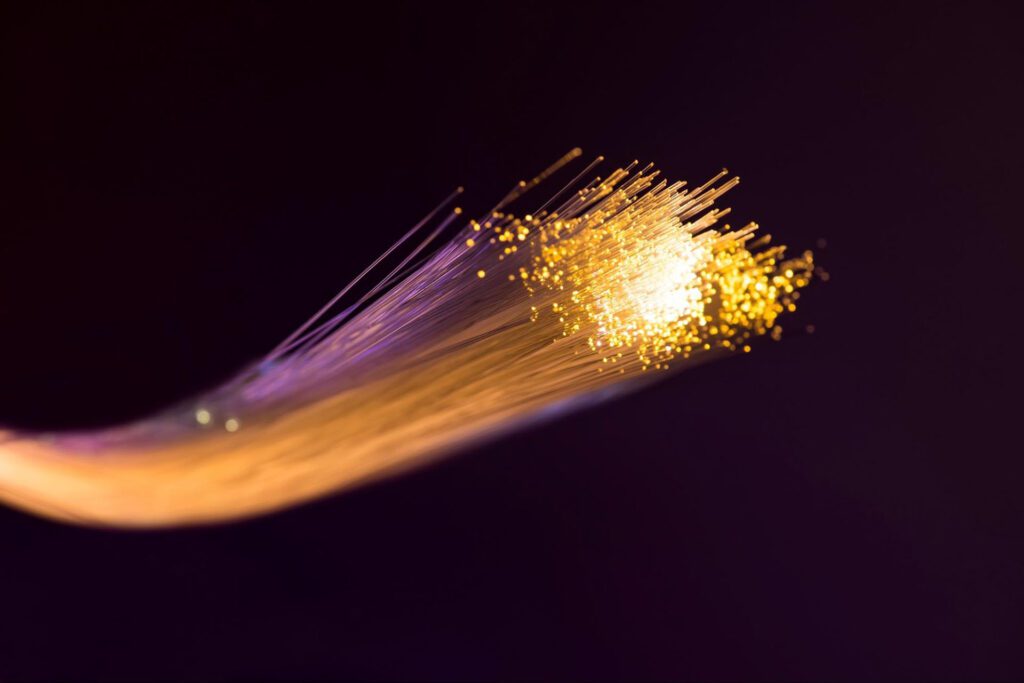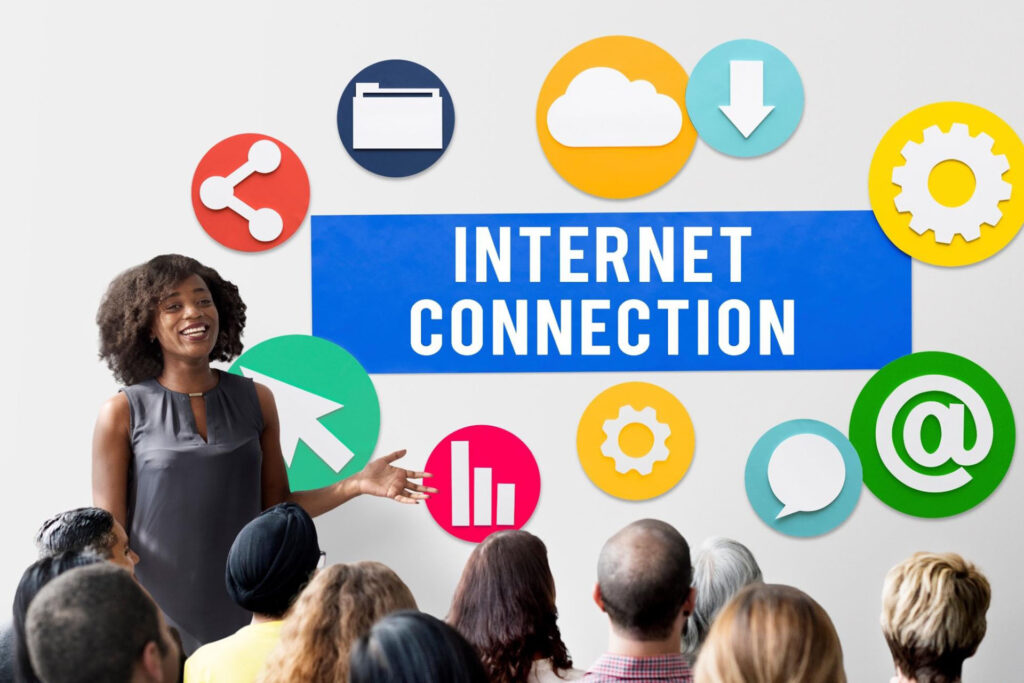In the ever-evolving landscape of connectivity, the choice between fiber and cable internet has become a pivotal decision for users seeking high-speed, reliable connections. Each technology offers distinct advantages, catering to diverse user needs. Understanding the differences can significantly impact one’s online experience.
What Is the Difference Between Fiber and Cable Internet?
Cable internet, using coaxial cables, offers decent speeds and wide availability but can suffer from congestion during peak times due to shared bandwidth. In contrast, fiber internet, employing light through thin glass strands, delivers lightning-fast, consistent speeds up to 1 Gbps and beyond. It’s highly reliable, unaffected by distance or peak usage, and offers superior security due to its immunity to interference. While cable is more accessible, fiber’s speed, stability, and security make it ideal for data-heavy tasks. Ultimately, the choice between cable and fiber boils down to speed, reliability, and local availability.
Fiber Internet: Unleashing the Speed Revolution
Fiber-optic internet, often hailed as the gold standard in connectivity, operates using thin glass strands to transmit data as pulses of light. This technology’s key strength lies in its unparalleled speed capabilities. It delivers blazing-fast speeds, reaching up to 1 gigabit per second (Gbps) and beyond, making it ideal for data-intensive tasks like 4K streaming, online gaming, and large file transfers. This incredible speed remains consistent, regardless of peak usage times or distance from the provider.
Beyond speed, fiber internet boasts exceptional reliability and security. The signal integrity over longer distances remains remarkably high, reducing latency and ensuring a stable connection. Moreover, as the data travels via light pulses, it’s immune to electromagnetic interference, enhancing security and reducing the chances of signal degradation.
However, the availability of fiber internet remains a challenge in many areas. The infrastructure required for fiber optics is expensive to install, limiting its widespread accessibility. While more urban regions often enjoy robust fiber networks, rural areas may still be waiting for this technology to reach them.

Cable Internet: Widely Available and Surprisingly Efficient
On the other hand, cable internet, established through coaxial cables, has long been a popular choice for users seeking high-speed internet. Cable internet leverages existing infrastructure, piggybacking on the same cables that provide cable television. This grants it a significant advantage in terms of widespread availability.
Cable internet offers respectable speeds, often ranging from 25 Mbps to 1 Gbps, making it a suitable choice for regular web browsing, video streaming, and online gaming. It’s generally more affordable and easier to install compared to fiber, making it a practical choice for many households.
However, cable internet’s major downside lies in shared bandwidth. As multiple users in the same neighborhood tap into the same cable line, speeds can fluctuate during peak usage times. This “traffic jam” effect, known as congestion, can lead to slower speeds, affecting the user experience.
The Verdict: Choosing Your Ideal Connection
Selecting between fiber and cable internet boils down to personal priorities and local availability. If lightning-fast, consistent speeds are a top priority, and one has access to fiber, it’s the clear winner. The reliability and security it offers make it a standout choice for heavy internet users and businesses demanding top-tier performance. It may be worth the time to install fiber in your office or workplace to boost overall productivity.
Alternatively, for users residing in areas where fiber isn’t available, cable internet stands as a reliable, more widely accessible alternative. While it might experience occasional slowdowns during peak times, it remains a robust choice for regular internet usage at a more affordable price point.

The Future of Connectivity
The ongoing race between fiber and cable internet continues to shape the digital landscape. With the growing demand for high-speed, reliable connections, the development of internet technology is ceaseless. Emerging technologies like 5G and satellite internet promise to further revolutionize connectivity, potentially altering the landscape for consumers in the near future.
In the end, whether one’s preference leans towards the unbeatable speeds of fiber or the practicality and widespread availability of cable, both technologies play pivotal roles in meeting the diverse needs of internet users worldwide. For more information about the future of the internet and how to get top-notch service, visit our SmarterHome.ai blog or contact us!

